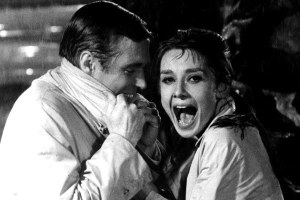I’ve wondered a few times how some agencies got their names, and I’m sure I’m not the only one. Advertising agencies aren’t known for their tame or explanatory names. The names of these places are typically mashups of silly verbs & adjectives mixed together. Or so it seems. I love advertising agency names, and there are some really great ones out there. I was intrigued when I stumbled upon this article from adweek: 40 Strangest Agency Names, and Where They Came From | Adweek
#40. Taxi: They believe that their team of experts should remain small, about the number of people that can fit into a taxi.
#36. Droga5: Reportedly named for the label that founder David Droga’s mother would stitch into his underwear when he was a child, to clarify which Droga sibling it belonged to. (Easily my favorite.)
#32. Wikreate: According to their website, this San Francisco agency is built off of the “wiki” model, or the platform that collaboration occurs with field experts and associates, as well as agency team members.
#28. High Heels & Bananas: Founders of this agency wanted the name to be fun and sophisticated. Bananas are fun and high heels are sophisticated.
#23. The Glue Society: Agency refused to give explanation on origin of agency name. Interesting.
#20. Elephants & Ants: The name illustrates the company’s willingness to work with any client, big or little.
#18. David & Goliath: The agency founder David Angelo is the David in the agency’s name. The biblical story is the agency’s ethos, and they bravely take on challenges others walk away from.
#5. Kids Love Jetlag: The name of this Paris-based agency is meant to inspire/evoke youthfulness, giddiness, and travel.
#3 StrawberryFrog: The name was chosen to make the agency the antithesis of “agency dinosaurs” often found on Madison Avenue. They describe themselves as “a radical with blue jeans.”



